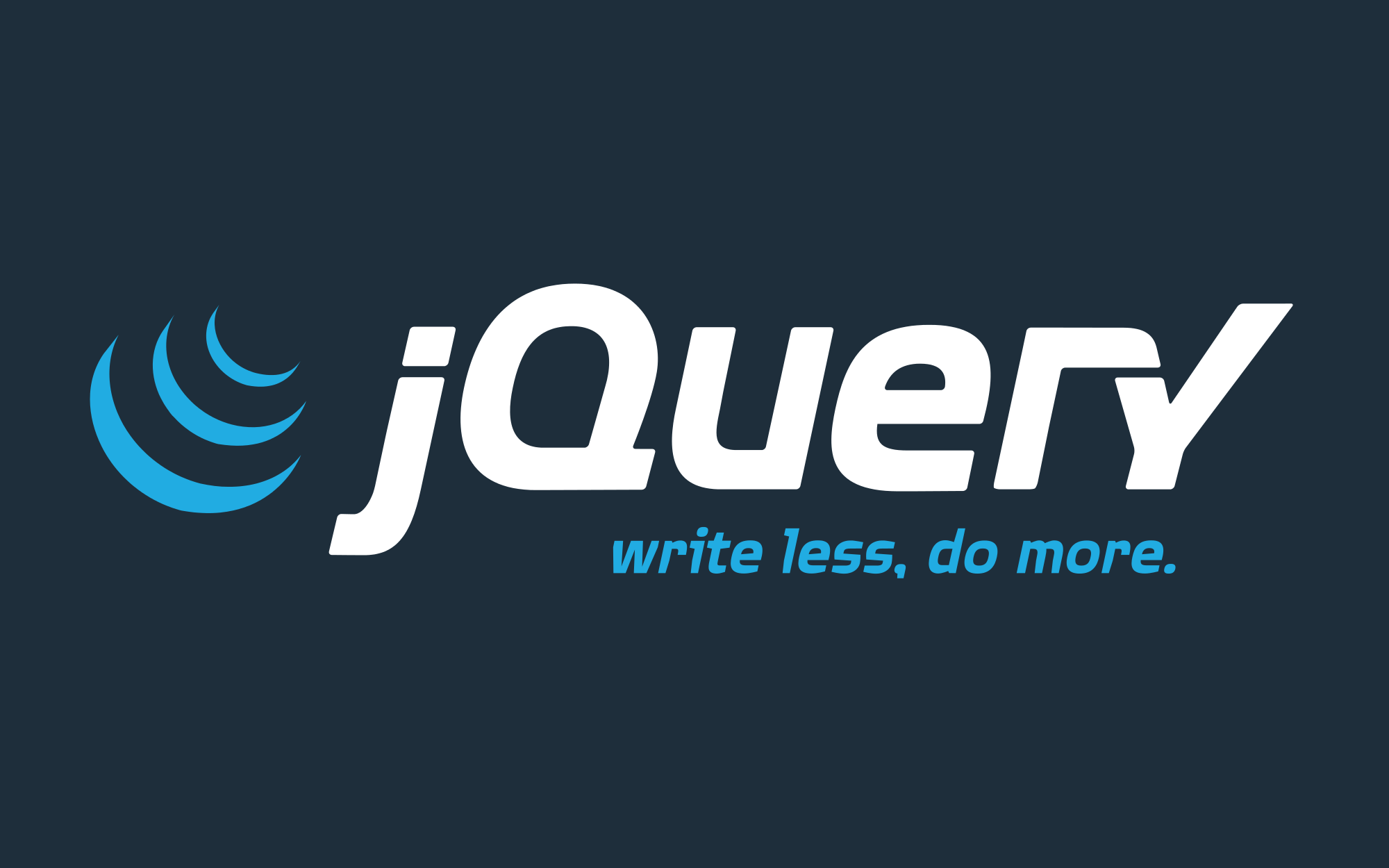jQuery.parseJSON( json )Returns: String or Number or Object or Array or Booleanversion deprecated: 3.0
Description: Takes a well-formed JSON string and returns the resulting JavaScript value.
-
version added: 1.4.1jQuery.parseJSON( json )
-
jsonType: StringThe JSON string to parse.
-
As of jQuery 3.0, $.parseJSON is deprecated. To parse JSON strings use the native JSON.parse method instead.
Passing in a malformed JSON string results in a JavaScript exception being thrown. For example, the following are all invalid JSON strings:
-
"{test: 1}"(test does not have double quotes around it). -
"{'test': 1}"('test' is using single quotes instead of double quotes). -
"'test'"('test' is using single quotes instead of double quotes). -
".1"(a number must start with a digit;"0.1"would be valid). -
"undefined"(undefinedcannot be represented in a JSON string;null, however, can be). -
"NaN"(NaNcannot be represented in a JSON string; direct representation ofInfinityis also not permitted).
The JSON standard does not permit "control characters" such as a tab or newline. An example like $.parseJSON( '{ "testing":"1\t2\n3" }' ) will throw an error in most implementations because the JavaScript parser converts the string's tab and newline escapes into literal tab and newline; doubling the backslashes like "1\\t2\\n3" yields expected results. This problem is often seen when injecting JSON into a JavaScript file from a server-side language such as PHP.
Where the browser provides a native implementation of JSON.parse, jQuery uses it to parse the string. For details on the JSON format, see https://json.org/.
Prior to jQuery 1.9, $.parseJSON returned null instead of throwing an error if it was passed an empty string, null, or undefined, even though those are not valid JSON.
Example:
Parse a JSON string.
|
1
2
|
|
